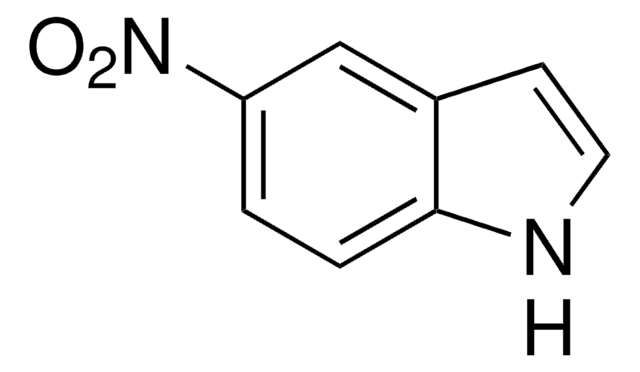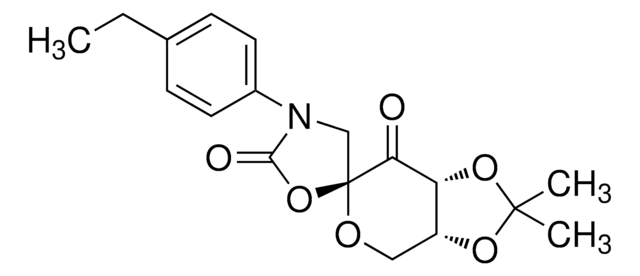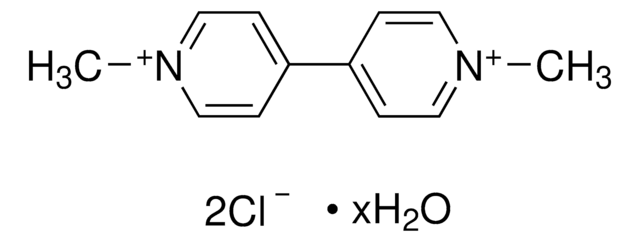273619
1′,3′-Dihydro-1′,3′,3′-trimethyl-6-nitrospiro[2H-1-benzopyran-2,2′-(2H)-indole]
98%
Synonym(s):
1′,3′,3′-trimethyl-6-nitrospiro[chromene-2,2′-indole], 1,3,3-Trimethylindolino-6′-nitrobenzopyrylospiran; 1′,3′,3′-Trimethyl-6-nitrospiro[chromene-2,2′-indoline]
About This Item
Recommended Products
Quality Level
assay
98%
form
solid
mp
179-180 °C (lit.)
λmax
242 nm in ethanol
SMILES string
CN1c2ccccc2C(C)(C)C13Oc4ccc(cc4C=C3)[N+]([O-])=O
InChI
1S/C19H18N2O3/c1-18(2)15-6-4-5-7-16(15)20(3)19(18)11-10-13-12-14(21(22)23)8-9-17(13)24-19/h4-12H,1-3H3
InChI key
PSXPTGAEJZYNFI-UHFFFAOYSA-N
Related Categories
General description
Application
signalword
Warning
hcodes
Hazard Classifications
Eye Irrit. 2 - Skin Irrit. 2 - STOT SE 3
target_organs
Respiratory system
wgk_germany
WGK 3
flash_point_f
Not applicable
flash_point_c
Not applicable
ppe
dust mask type N95 (US), Eyeshields, Gloves
Certificates of Analysis (COA)
Search for Certificates of Analysis (COA) by entering the products Lot/Batch Number. Lot and Batch Numbers can be found on a product’s label following the words ‘Lot’ or ‘Batch’.
Already Own This Product?
Find documentation for the products that you have recently purchased in the Document Library.
Customers Also Viewed
Articles
Graphene has emerged as the new wonder material. Being only one atom thick and composed of carbon atoms arranged in a hexagonal honeycomb lattice structure, the interest in this material has exploded exponentially since 2004 when it was first isolated and identified using a very simple method.
Our team of scientists has experience in all areas of research including Life Science, Material Science, Chemical Synthesis, Chromatography, Analytical and many others.
Contact Technical Service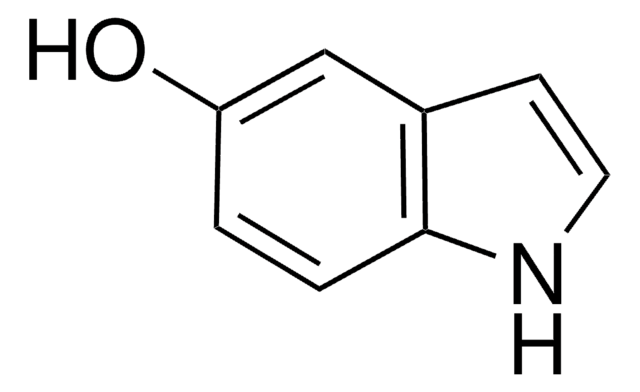
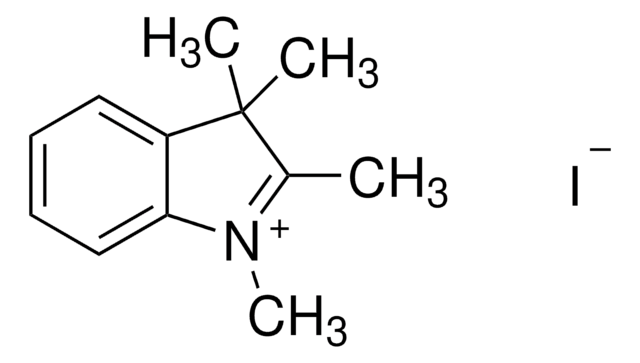
![1,3-Dihydro-1,3,3-trimethylspiro[2H-indole-2,3′-[3H]naphth[2,1-b][1,4]oxazine] ≥98.0% (HPLC)](/deepweb/assets/sigmaaldrich/product/structures/328/450/b7868d16-ffb3-47c0-8c9b-81a9630a963a/640/b7868d16-ffb3-47c0-8c9b-81a9630a963a.png)
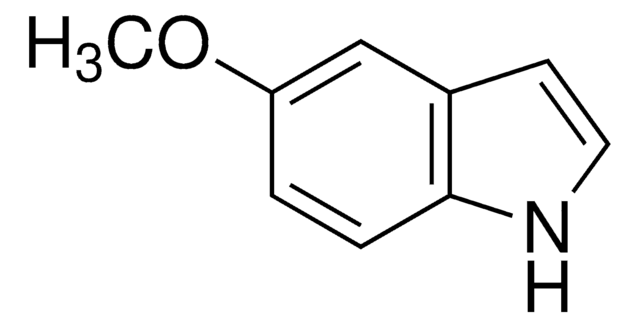
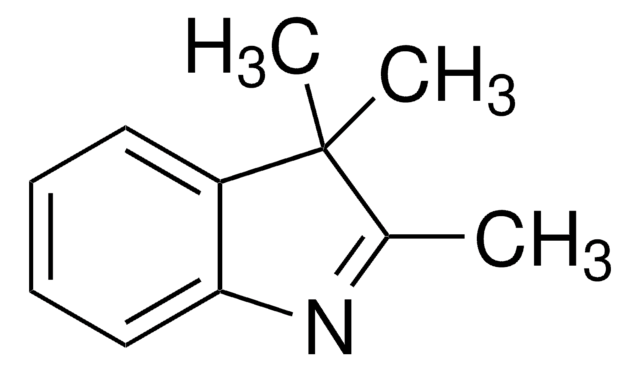
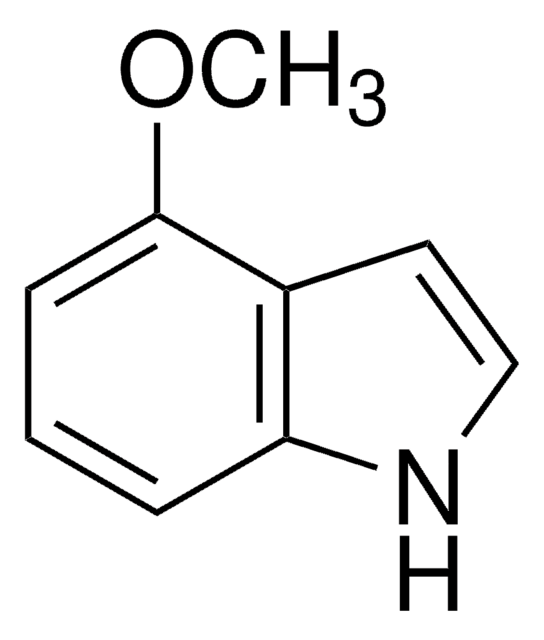
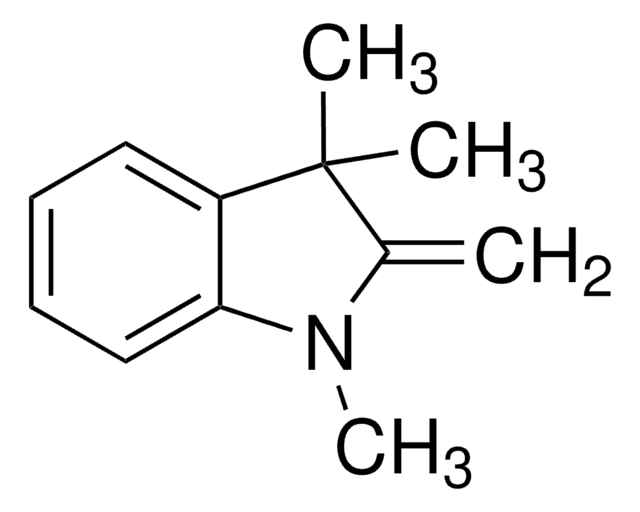
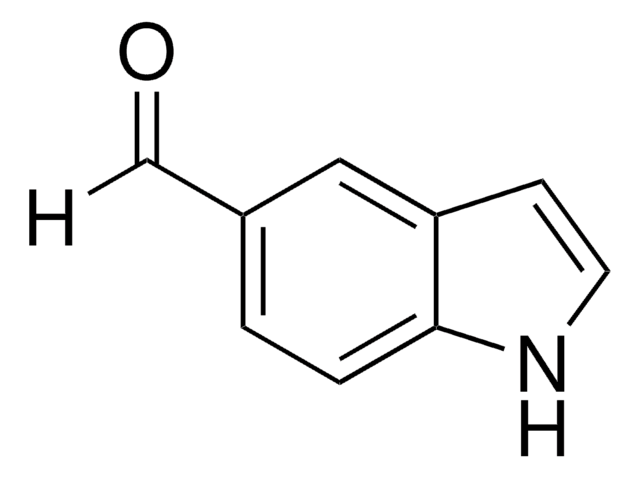
![1',3',3'-TRIMETHYLSPIRO[BENZO[F]CHROMENE-3,2'-INDOLINE] AldrichCPR](/deepweb/assets/sigmaaldrich/product/structures/158/241/e9e25f37-df70-41d8-859a-d8feee0ec2b6/640/e9e25f37-df70-41d8-859a-d8feee0ec2b6.png)
